Author: Jake Huolihan
Making up approximately 95% of beer, water is the canvas onto which every style is painted, so it makes sense brewers would focus on the quality of the water they brew with. While adjusting the mineral profile of brewing water isn’t necessary, many believe that doing so can be the difference between a good and great pint, contributing noticeable characteristics that improve the drinking experience. Typically, such adjustments are made to the water prior to mashing in, though there’s some evidence that adding minerals to beer at packaging can be beneficial as well.
Sulfate to chloride ratio is thought by many to be a driving force behind the expression of flavors in beer. Whereas higher sulfate levels are known to provide a crisp dry finish that enhances hop flavors, increased chloride levels contribute a more rounded malt character.
I’m a lover of German Pilsner, which I tend to brew with water favoring sulfate in order to amplify both the crispness and noble hop flavors. However, I recently began to wonder if higher levels of chloride might enhance the crackery flavor I enjoy from Pilsner malt. With 10 gallons/38 liters of my house German Pilsner ready to be kegged, I decided to increase the chloride levels in half at packaging so I could compare for myself.
| PURPOSE |
To evaluate the differences between a German Pilsner adjusted with calcium chloride at packaging from one that was not adjusted.
| METHODS |
For this xBmt, I went with a German Pilsner recipe I’ve brewed many times, the water of which I adjusted to have a sulfate to chloride ratio of 1.4:1.
Tic Tac, Sir?
Recipe Details
| Batch Size | Boil Time | IBU | SRM | Est. OG | Est. FG | ABV |
|---|---|---|---|---|---|---|
| 5.5 gal | 60 min | 51.6 IBUs | 4.8 SRM | 1.053 | 1.012 | 5.5 % |
| Actuals | 1.053 | 1.012 | 5.4 % | |||
Fermentables
| Name | Amount | % |
|---|---|---|
| Odyssey Pilsner (Root Shoot Malting) | 12 lbs | 96.97 |
| Melanoidin (Weyermann) | 6 oz | 3.03 |
Hops
| Name | Amount | Time | Use | Form | Alpha % |
|---|---|---|---|---|---|
| Tettnang | 25 g | 60 min | Boil | Pellet | 4.5 |
| Hallertau Magnum | 9 g | 60 min | Boil | Pellet | 14 |
| Tettnang | 50 g | 30 min | Boil | Pellet | 4.5 |
| Tettnang | 33 g | 10 min | Boil | Pellet | 4.5 |
Yeast
| Name | Lab | Attenuation | Temperature |
|---|---|---|---|
| Que Bueno (L09) | Imperial Yeast | 75% | 47°F - 55°F |
Notes
| Starting Water Profile: Ca 61 | Mg 0 | Na 8 | SO4 75 | Cl 55 Profile Following Post-Fermentation CaCl Addition: Ca 89 | Mg 0 | Na 0 | SO4 75 | Cl 106 |
Download
| Download this recipe's BeerXML file |
After collecting the water, making the mineral additions, and turning on the element to heat it up, I weighed out and milled the grains.
With the water adequately heated, I incorporated the grist then checked to ensure it was at my target mash temperature.
The mash was left to rest for 60 minutes, during which it was stirred every 15 minutes.
With the mash rest complete, I transferred the sweet wort from the MLT to the kettle.
While lautering, I weighed out the kettle hop additions.
The wort was then boiled for 60 minutes with hops added as stated in the recipe.
Once the boil was complete, I quickly chilled the wort then took a refractometer reading that showed it was right at my planned OG.
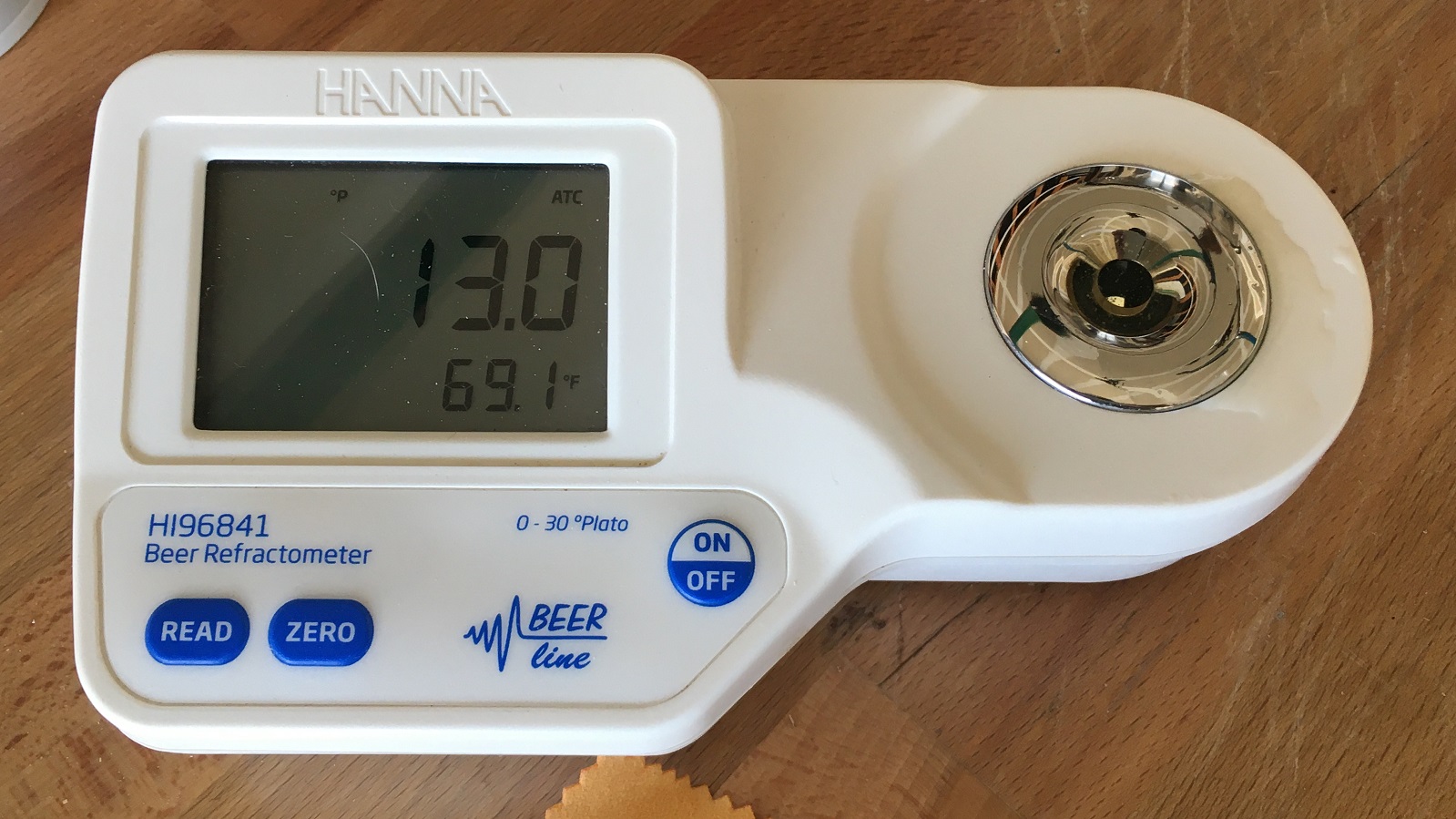
Identical volumes of wort were racked to separate sanitized Ss Brewtech Brew Buckets.
The fermenters were connected to my glycol rig and left to finish chilling to my desired fermentation temperature of 50°F/10°C before I pitched a pouch of Imperial Yeast L09 Que Bueno into each.
After 10 days of fermentation, activity appeared to have died down, so I took hydrometer measurements showing both batches had reached the same FG.

At this point, I prepared for packaging by adding 2 grams of calcium chloride to one sanitized keg, which I calculated would result in a sulfate to chloride ratio of approximately 0.7:1. No additions were made to the other batch, which started with a sulfate to chloride ratio of 1.4:1.
At this point, I racked each beer under pressure to sanitized kegs and placed next to each other in my keezer where they were burst carbonated overnight before I reduced the gas to serving pressure. After 2 weeks of lagering, the beers were ready to serve.
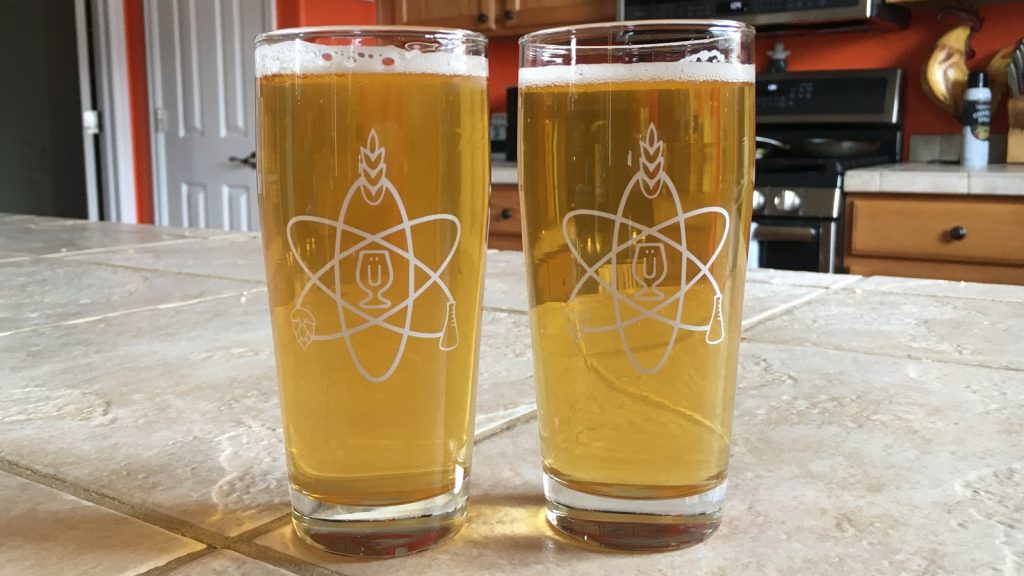
| RESULTS |
Due to social distancing practices as a result of the COVID-19 pandemic, data for this xBmt was unable to be collected in our typical manner. As such, temporary adaptations were made involving the author completing multiple semi-blind triangle tests in as unbiased a way as possible.
Utilizing 4 opaque cups of the same color where 2 were inconspicuously marked, one set was filled with the beer dosed with calcium chloride at packaging while the other set was filled with the non-dosed beer. For each triangle test, 3 of the 4 cups were indiscriminately selected, thus randomizing which beer was the unique sample for each trial. Following each attempt, I noted whether I was correct in identifying the unique sample. Out of the 10 semi-blind triangle tests I completed, I needed to identify the unique sample 7 times (p<0.05) in order to reach statistical significance, though I did so just 3 times (p=0.71), indicating my inability to reliably distinguish a beer dosed with calcium chloride at packaging from one that was not dosed.
As I’ve come to expect from this recipe, the beers were very good. Having received some Imperial Yeast L09 Que Bueno, a seasonal strain, I substituted it for my normal L17 Harvest and felt it led to a slightly more subdued lager character that worked really well. That said, I still prefer this beer fermented with L17 Harvest.
| DISCUSSION |
Mineral additions are viewed by many brewers as levers one can used to adjust the way certain characteristics in beer are expressed, with higher levels of chloride being associated with enhancing malty flavors while sulfate accentuates hops. While mineral additions are most often made to the brewing liquor prior to mashing in, adjustments can also be made to the beer at the time of packaging. Interestingly, I was unable to distinguish a beer adjusted to have a sulfate to chloride ratio of 0.7:1 at packaging from the non-adjusted version with a 1.4:1 ratio.
These results surprised me for a few reasons, the main one being that it counters so many past xBmts on water chemistry in general, including those focused specifically on mineral adjustments at packaging and sulfate to chloride ratios. It’s well established that chloride and sulfate affect beer character, and we’ve shown that adjusting these levels at packaging led to a noticeable difference, so I fully expected to be able to tell these beers apart. Alas, I could not, which left me wondering if perhaps the delta in chloride levels between the batches may have played a role. It’s also possible my palate just sucks and others would have been able to more readily distinguish these beers, though I find this hard to believe given my level of bias as the one who performed this xBmt.
There’s no question mineral profile affects beer character, though these results make me wonder if the impact of such additions may not be as binary as I’ve grown to accept. I’ll definitely continue to adjust the mineral levels of my brewing liquor because it’s simple and the evidence overall shows it has impact, though I’m now more curious to play more with post-fermentation adjustments to see how they affect beer character.
If you have any thoughts about this xBmt, please do not hesitate to share in the comments section below!
Support Brülosophy In Style!
All designs are available in various colors and sizes on Amazon!
Follow Brülosophy on:
FACEBOOK | TWITTER | INSTAGRAM
If you enjoy this stuff and feel compelled to support Brulosophy.com, please check out the Support page for details on how you can very easily do so. Thanks!



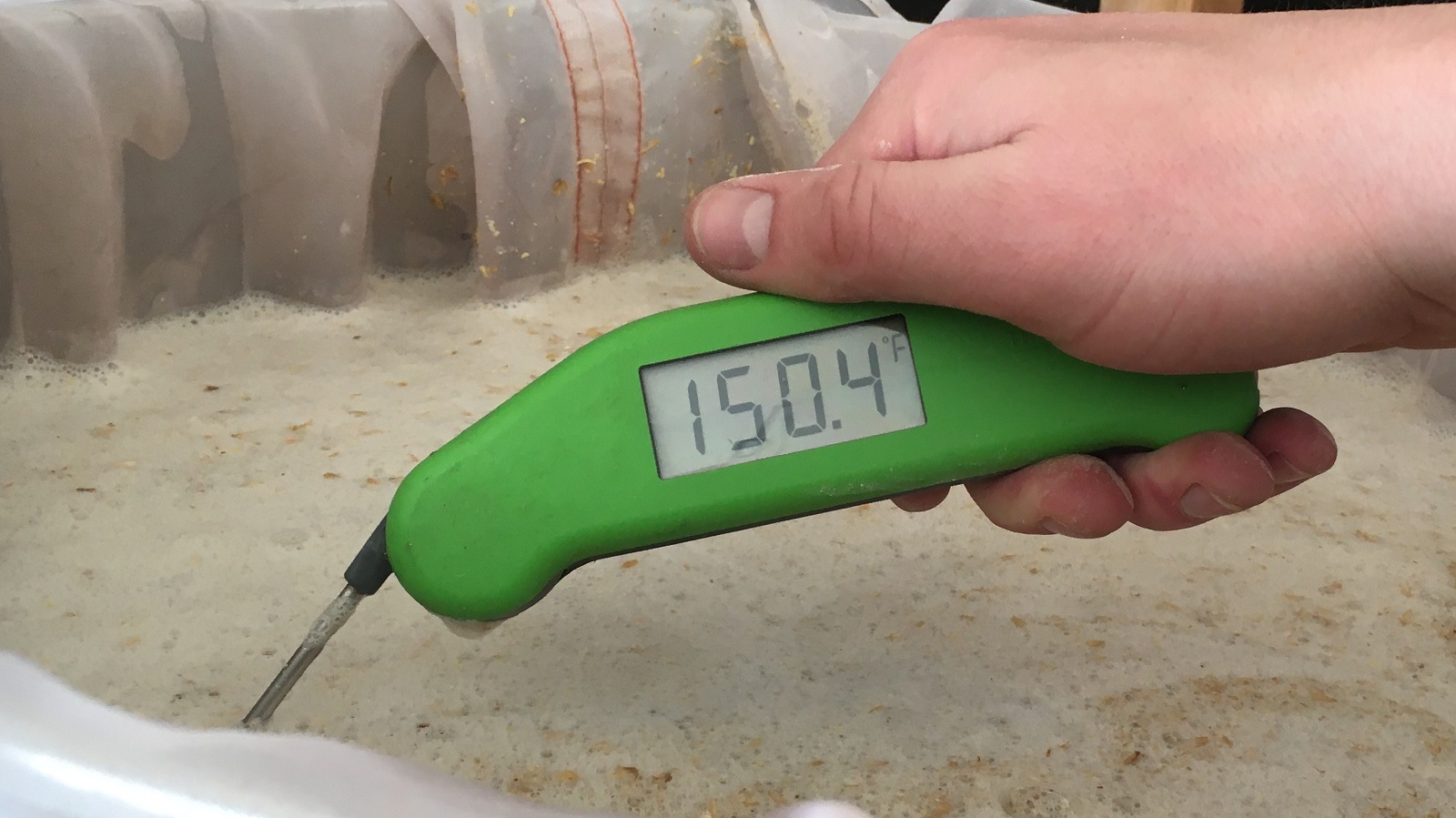



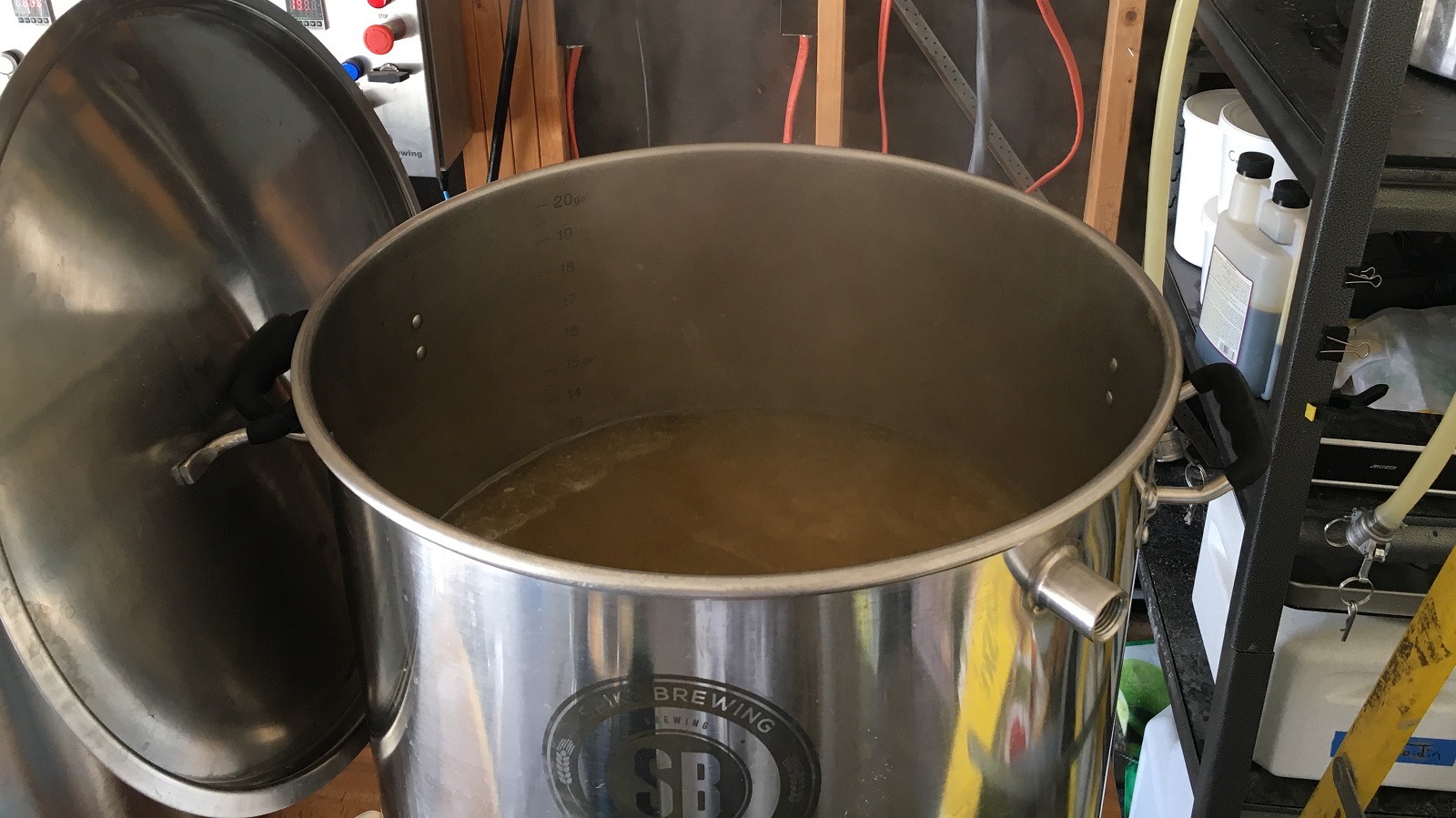


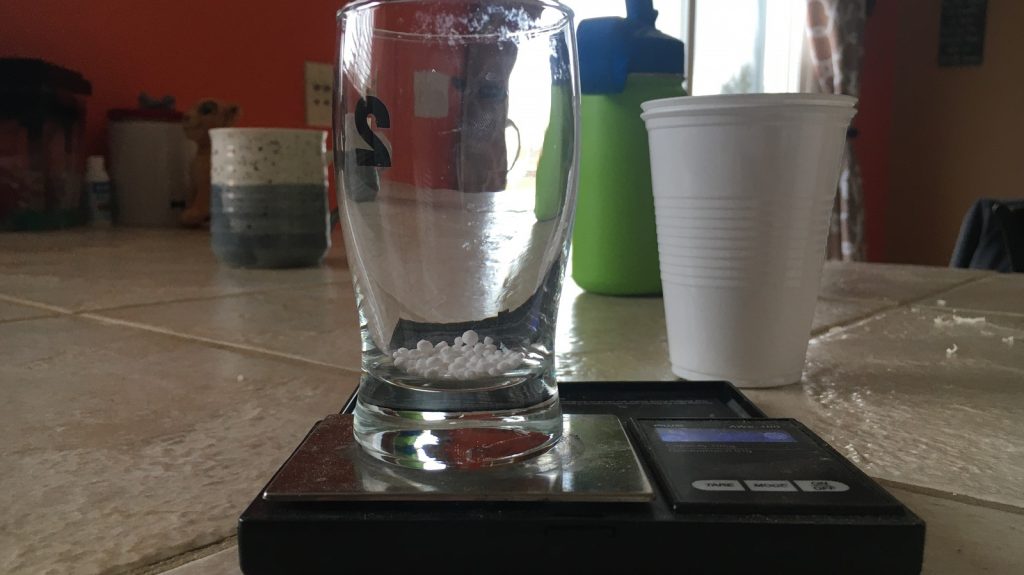








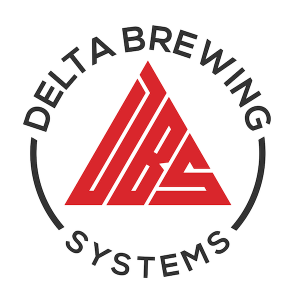


12 thoughts on “exBEERiment | Water Chemistry: Adjusting German Pils With Calcium Chloride At Packaging”
Profile post-fermentation seem to be missing 8ppm Na?
IMO, I think the difference is too low, I would have increased Cl to 150 ppm at least in order to be more noticeable. Maybe you can still add it to the keg and repeat the experiment to see if 150 or 200 ppm make a noticeable difference?
I thought much the same thing as per the old school IBU war days with beers that would take the enamel off your teeth.
Hey Jake, never heard of Root Shoot Malting before, and noticed you used their malt. Looks like a smaller malting company from one of your local Colorado farms. Pretty good stuff…? I brew lots of German Pilsners too. What is their malt like?
i think some hop research has shown that sulfate can actually decrease hop flavor but does enhance perception of dryness and maybe bitterness
Nice Jake! I’ve have adjusted my beer several times post fermentation. I’ll usually do it after the beer is fully carbed and been in the keg a while, maybe halfway gone. I usually do it because I’m not completely satisfied with how the beer tastes and am looking to experiment for the next batch. I’ve never done a side by side but I was also surprised you didn’t statistically notice a difference. I feel like every time I’ve done it, i noticed right away. Maybe it was my bias. Definitely food for thought.
I would question the solubility of the calcium chloride when added to a cold beer. I suspect that would just mostly fall out of solution.
Agree that solubility is likely a highly disruptive variable in this experiment.
I notice you guys use plastic cups a lot to hold your hop additions. I think it would be a lot more environmentally friendly to use containers you don’t throw away. Get a roll of masking tape to write the times on and use glass glasses or some Tupperware containers to hold the hops. Love the site, keep up the great work.
This brought to my attention and one I have been playing around in my head. How much are we off setting or not to our carbon footprint of being homebrewers. If you guys have a link to some previous articles of this please post here.
I would like to hear a podcast on homebrewing and our carbon footprint. Maybe just a Bru’s View episode. There are lots of variables in all the different methods but I would be interested on the teams opinions.
I’ve adjusted beer at packaging and in the glass and it’s been detectable even with unknowing testers. I did a spectrum from 7:1 to 1:7 and the really high sulphate ratio was pretty nasty – it felt like your teeth and toung were dry afterwards. I’ve found a few of my beers are more bearable with a bit of CaCl cracked off a flake and swirled in.
The photo of the beers in glass seems to show the CaCl2 dosed batch is clearer. Was this the case? If so, it could be due to higher Ca2+ encouraging better yeast floculation. Yet a difference of 30ppm between treatments seems quite low to produce such a profound effect.
On a related note, a standardised photography protocol would be handy for judging appearance in these experiments. Perhaps a white card placed behind beers, with standard colour references to correct white balance, and a Snellen chart (most visible when read through a crispy Pilsner).
I like this idea.